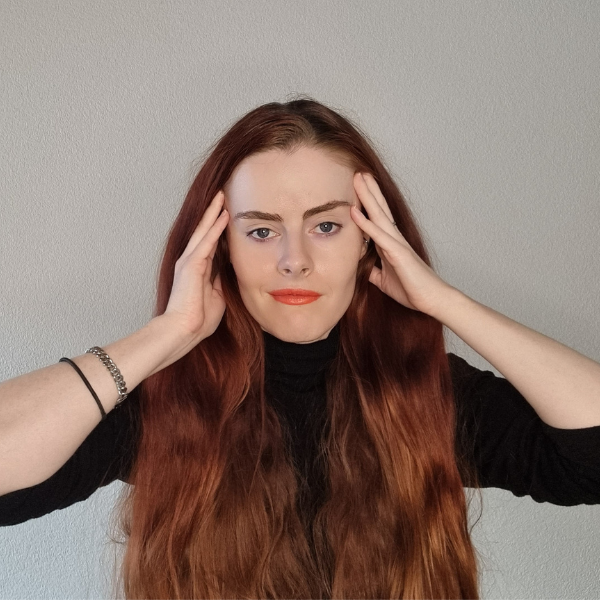For horror stories to be really effective the readers need to care about the characters. Once we are bonded to the characters we care about what it is they stand to lose. To make horror effective you should focus on the personal loss and the effects on the characters. This is not some spectacle that happens to some random characters, this is the devastation that happens to people we care deeply about.
Horror is a close viewpoint. Usually, we are either inside the character’s head, first-person narration, or we are standing right behind them. You need this proximity to make the reader feel as threatened as the characters are.
First Person Narrative can help create a sense of being attacked. Whereas Third Person close to Character Narrative allows you to let the reader know something is coming that the character can’t see. And as silent observers, they are forced to watch helplessly what happens to the character.
We start by setting up a bond with the characters. We get to know them, their routine, their family and friends, their pets. We know what matters to them and what struggles they are dealing with. At this point, the horror that is coming for them is still unseen, a lingering presence at most. We do this so that we can make what happens next personal. So that when the horror becomes unmistakably present, we care about the characters. But more so, we understand what they feel, because we feel it too.
You shouldn’t think of horror characters as different than other characters. If anything, you should think of horror characters as characters you love, that have horrible shit happen to them. The reason why you want your readers to really love your characters and care about them is not just because it makes what happens to them more terrifying to watch, but also to balance out some of the disturbing things. Most likely you have that one or even a couple of horror movies that you thought were brilliant but which you are never ever going to watch again. The reason is that they disturbed you in your core. You think of them and you see the disturbing and even gross imagery that made them so effective. If you are going to use gross elements to unsettle, having characters that are so loveable is an extremely effective contrast. It allows your reader/viewer to latch onto the positive feelings your story invoked and that ties them better than disturbing them in the most masterful way ever could.
Smart Characters
If it is uncertainty and the unknown that creates fear, making the audience feel like they know best or that the characters are idiots ruins the effect. What is true for most stories is especially relevant for horror, you want the reader to think and feel like the characters do.
Ideally, your reader will come to the same conclusions about what is best to do as your characters do. Or they feel just as clueless and disturbed as your characters do. If that is the case, characters making dumb decisions don’t annoy your readers, it heightens the horror. Because the reader, having the information that they had at the time, would have done the same thing.
Your readers should not know more than the characters. Instead, you want to create an experience where they, alongside the characters, have to piece together the clues that the world and the events happening, give them. Think of it as a puzzle the reader is trying to solve. Doing this means being aware of what the reader already knows. If your story is brand new in its horrific concepts, the reader should know as much as the characters do. But if you’re using familiar concepts (like Zombies), the character needs to catch up and fast. One way to do this is to have a character who is well-prepared, does all the right things, makes all the apparently right decisions – and still finds themselves completely out of their depths (just like the reader would). Another is to subvert expectations and predictability by taking a familiar concept and altering the rules (without telling the reader). Suddenly the familiar Zombie acts very differently than expected. Suddenly the Zombie is no longer familiar.

